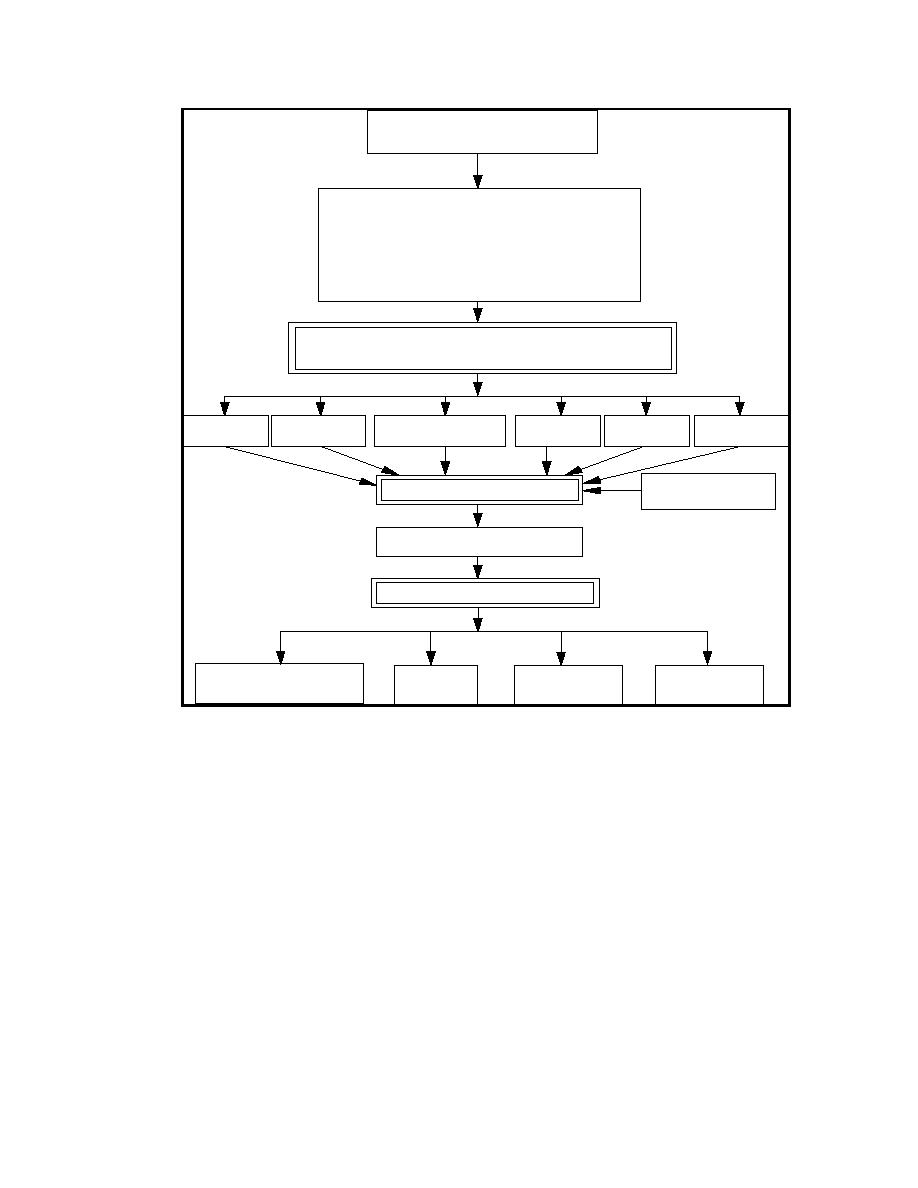
|
|

|
||
 Appendix B: Bioengineering for Streambank Erosion Control -- Guidelines
D e term ine Problem (s)
as a result of erosion
E s tablish O b jectives
(driven by erosion problem s)
e.g. Im p rove water quality
Im p r o v e f i s h e r i e s h a b i t a t
Provide suitable kayaking
w a ters, etc.
Questions to be Developed & Answered
Regarding Com p o n e n ts of Project
E d a p h ic
B iological
P o litical
E c o n o m ic
C lim a t o l o g i c a l
Physical
(S o i l s )
Equipment
Plan of Development
& M a terials
A c q u is i t i o n o f P l a n t s
P r o j e c t I m p le m e n t a t i o n
S ite Preparation
P lanting
M o n ito r i n g
A fte r C a r e
and Construction
Figure 1. Steps of Planning and Implementing a Bioengineering Project
Determine Problem(s) and Establish Objectives
Clear-cut objectives that are based on some perceived problem or problems are needed
for any project. The problem or problems may be results of erosion, such as poor water
quality, lack of fisheries, lack of suitable water for kayaks, and others. The objectives are
then driven by these and may relate to primarily erosion control, but may also include
providing fisheries or wildlife habitat, improving water quality, protection of cultural
resources, or a host of other desired functions. Bowers (1992) established objectives on the
Little Patuxent River, Maryland, that included not only erosion control, but also in-stream and
riparian habitat enhancement. These objectives are often driven not only by the physical
impacts of erosion on the landscape, but by legal mandates, such as mitigation for some action
on the stream. Questions must be asked and answers provided before the project can proceed.
This effort will require that an interdisciplinary team be developed consisting minimally of
B-7
|
||
 |
||